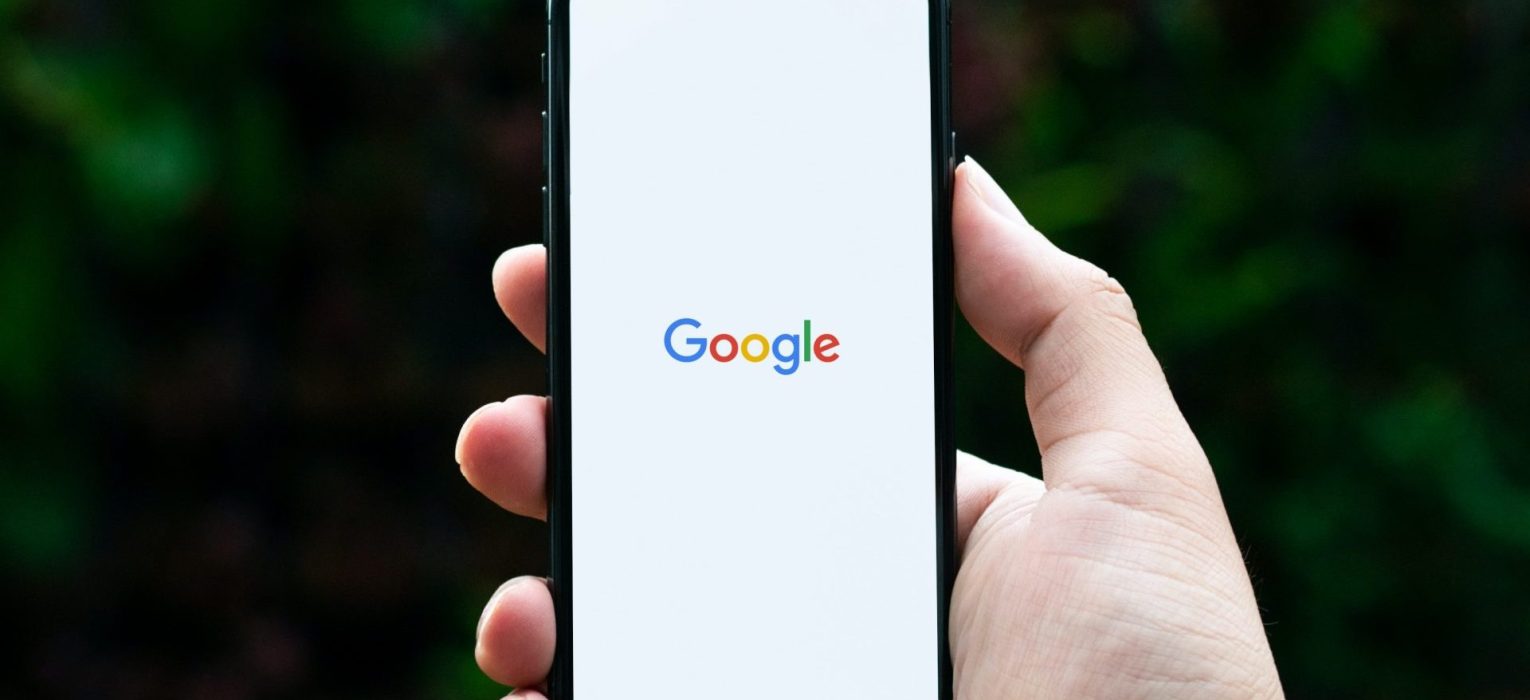Language is the silent catalyst in brand trust—A company’s mission statement wields words to influence consumer perception and trust.
In the dynamic landscape of business, a company’s mission statement is not just a string of words—it’s a powerful tool for shaping consumer perceptions and the brand’s ethical standing. This article delves into the intricate web of language within a brand’s mission statement, highlighting the pivotal role of those statements in developing brand trust in today’s discerning and often indecisive consumers.
The article is important for a company’s brand but also powerful in helping YOU create a personal brand that allows you to have a positive impact on those you interact with online and through social media, thereby creating your own “personal brand trust.”
The data for this article is taken from Axios in a research study in tandem with Harris Poll and its 20 years of research on brands in America. Axios compiled a list of 100 brands ranked highest to lowest according to its criteria for measuring a brand’s reputation. Using this list, I gathered the mission statements of the highest 50 and lowest 50. To give you a sense of what these mission statements look like, I’ll list below the highest ten and lowest ten.
Top-Ranked Brands and Their Mission Statements
- Patagonia: “Build the best product, cause no unnecessary harm, use business to inspire and implement solutions to the environmental crisis.”
- Costco: “To continually provide our members with quality goods and services at the lowest possible prices.”
- John Deere: “We run so life can leap forward. Our products touch millions of lives every day. From farm fields to forests, streets, and homes. We work tirelessly to uphold our core values and conduct that are all reflected in our iconic brand.”
- Trader Joe’s: “Providing our customers outstanding value in the form of the best quality products at the best everyday prices.”
- Chick-fil-A: “To glorify God by being a faithful steward of all that is entrusted to us and to have a positive influence on all who come into contact with Chick-fil-A.”
- Toyota Motor Corporation: “To be the most respected and successful car company in every market around the world, by providing outstanding value to our customers.”
- Samsung: “Inspire the world with our innovative technologies, products, and design that enrich people’s lives and contribute to social prosperity by creating a new future.”
- Amazon.com: “To be Earth’s most customer-centric company, where customers can find and discover anything they might want to buy online, and endeavors to offer its customers the lowest possible prices.”
- USAA: “To facilitate the financial security of its members, associates, and their families through provision of a full range of highly competitive financial products and services; in so doing, USAA seeks to be the provider of choice for the military community.”
- Apple: “To bring the best user experience to its customers through its innovative hardware, software, and services.”
Least Ranked Brands and Their Mission Statements
- Family Dollar: “To make Family Dollar a compelling place to shop, work and invest.”
- Balenciaga: “Balenciaga focuses on creating high-end fashion products that showcase creativity, innovation, and individuality, often catering to a more avant-garde market.”
- BP (British Petroleum): “To reimagine energy for people and planet and to become a net zero company by 2050, or sooner, and help the world get to net zero.”
- Bitcoin: “To help everyone, everywhere be more economically free.”
- TikTok: “Our mission is to inspire creativity and bring joy.”
- Spirit Airlines: “Spirit Airlines aims to offer affordable travel options to customers by providing unbundled fares, allowing passengers to choose the services they need while keeping costs low.”
- Meta (formerly Facebook): “Giving people the power to build community and bring the world closer together.”
- Twitter: “Giving everyone the power to create and share ideas and information instantly without barriers, promoting open dialogue and conversations.”
- Fox Corporation: “To create premium content that engages and inspires different audiences while building long-term business relationships with its partners”
- FTX: “Our mission is twofold – to build the best derivatives exchange and to help move this space toward becoming institutional!”
- The Trump Organization: “Our personal mission is to deliver unparalleled service and experiences so that you never have to settle for anything less than extraordinary.”
It’s important to fine tune the lens in which we look at some of these brands and understand more clearly why they are ranked like they are. Let’s dive into a language analysis of how these brands may have developed more trust than others and into the daunting question of why. These findings provide valuable insight into the power of language behind brands and their mission statements.
Researching the Power of Language in the Mission Statements
After gathering the data of the 100 ranked brands and their mission statement, I looked for themes in their words. By analyzing the mission statements of the 100 ranked brands, I found 3 common themes among high ranking and low ranking brands’ mission statements.
Words associated with and focused on simplicity, the customer, and vision stood out like wildfire. As the following charts illustrate, I compared the 50 high ranking brands with the 50 low ranking brands and their associated mission statement. Here are the three themes I found, along with some of the takeaways:
Simple language vs. Technical jargon
We’ve heard it all before—“Keep It Simple Stupid.” The data within the graph below helps us see that when mission statements use simple language, they are ranked higher. Within high ranking brands, we find words such as inspire, value, improve, and experience. Nike is a great example of this: “To bring inspiration and innovation to every athlete in the world.” We see it again with UPS as they say “… offering excellence and value in all that we do.” These words and phrases are clear and simple which help us understand better who they are all about and the work they provide. It helps the customer understand the bigger vision the company is after.
Now let’s compare this criteria of clarity and simplicity with the low ranking brands and their mission statements. The findings contrast dramatically. We come across many industry specific words like real estate, economically free, derivatives exchange, unbundled fares, and net zero company. Simple words like dedicate and improve are nowhere to be found according to the data. These lower- ranking brands tend to use jargon that is not clearly understood by the general public, but rather those specific to the industry.
What does all this mean for us, the buyers and users of all of these products?
It means that where there is clarity and simplicity, there is trust. These brands, with a clear purpose, tailor their services to many people, rather than cutting out large segments of the market by being too specific.
How does this relate to your personal brand and mission statement? Keep it simple! When you have a strong purpose, backed by clarity, you know where you are and where you are going. This fosters trust and loyalty between you and those who come in contact with you online and in person.
Customer- Centric Language
Who are some of the best people to talk to? Those who listen! Those who are focused on you and not those who are distracted by their phone or the 10 other things they are thinking about. This goes for brands as well and the data in the chart below shows it by clearly helping us see that high ranked brands are focused on the customer, not the product or service.
Amazon is a great example of this when they say, “To be Earth’s most customer-centric company.” Several high ranking brands included the word “person,” because THAT is what they prioritize. When a brand’s purpose and mission is focused on YOU, the customer, trust is developed because you feel a sense of closeness. High-ranked brands use language that is for YOU and for YOUR benefit. They focus their services and products towards the consumer.
Low-ranked companies tend to use language that is focused on their product and industry-related goals rather on the customer. Fox’s mission statement is “to create premium content.” Spirit Airlines “aims to offer affordable travel options.” These are still great things, but their focus is different from high-ranking brands.
This brings up the question, where is your focus within your personal brand? Defining your purpose, and centering your language on that purpose increases your personal brand trust with those online.
Vision and Innovation
Staying up to date with the latest trends is extremely important within the business world. Brands that are able to not only keep up with trends but communicate their ability to do so create a bridge of trust between them and their customers, and the data shows it. Take a look at the data below. Their wording tells the customer that the service or product they are receiving is the best out there; in other words, the company wants what is best for its customers. According to the data, high ranking brands win by using visionary and high standard language.
High ranking brands use language related to vision, innovation, adaptation and change. They highlight their commitment to continuous improvement and often their responsibility of environmental sustainability. Patagonia exemplifies this perfectly when it says that the company seeks to “implement solutions to the environmental crisis.” We also find superlatives like best and most. These communicate high standards and vision within the company, and according to the data, it may help build a solid reputation.
Low ranking brands may be up to date with the latest trends and tech, but their expertise is not communicated or emphasized nearly as well. Family Dollar wants a “compelling place to shop, work and invest.” The data shows that low ranking brands are using this type of language. This seems to reflect lower standards and drive for the future.
Having a strong vision and being aware of negative and positive trends allows you to build personal brand trust with people and customers online in our fast-paced world we live in.
What Does This Mean for You?
Of course, there are positive and negative things about every brand, but when we begin to understand that the language used serves as a driving force inside a business, we start to see how it affects us as consumers.
These mission statements and brands are powerful, so why not make yours powerful too? By implementing language that is simple, consumer-focused, and geared towards a great vision, you will begin to develop your own personal brand trust with those you associate with, online and in person.




